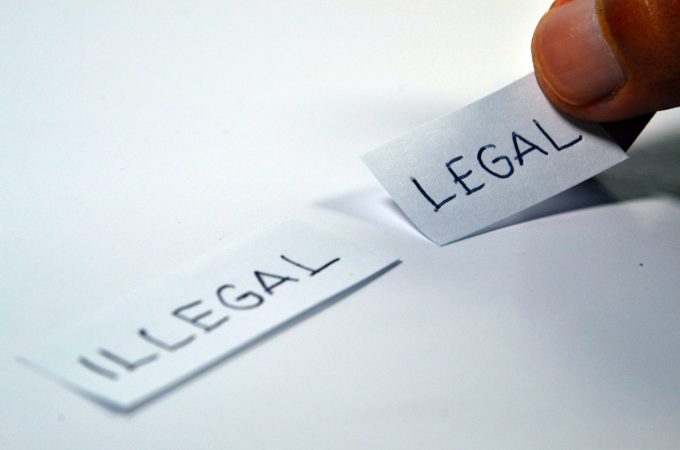
The US law system
The US law system consists of a set of legal rules and institutions that make up what we know today as the law of the United States. There’s a lot that can be reported on this subject, but we will try to give you only the necessary basics about it.
Background
 The first legal regulations in the country date back to the first settlers and the original 13 colonies. These settlers agreed upon a set of rules that their newborn nation was going to be governed by. The US law system is thus based on the UK one, known as The English Common Law, since the first settlers were predominantly from England. Even to this day, there are a lot of similarities between the two country’s laws.
The first legal regulations in the country date back to the first settlers and the original 13 colonies. These settlers agreed upon a set of rules that their newborn nation was going to be governed by. The US law system is thus based on the UK one, known as The English Common Law, since the first settlers were predominantly from England. Even to this day, there are a lot of similarities between the two country’s laws.
Federal And State Law
The federal system was established by the US constitution. Although in most cases, federal laws have jurisdiction over the nation as a whole, there are separate laws that each individual state is governed by. However, federal courts have complete jurisdiction over most cases. They sometimes solve foreign affairs, controversies between states, disputes between the parties that live in different states, major criminal cases, etc. Each state has their own laws, and for example, thing like legalities of gambling can be different depending on whether you live in Nevada or Washington.
Hierarchy of Institutions
 The US supreme court is the highest legal institution in the country while the Congress establishes the two levels of federal courts below it. These are the district courts and circuit courts of appeal. District courts are the first level of the legal system and there are 94 of them (minimum of one in each state). Twelve regional, or circuit courts of appeal are the next level. At the top, there is the Supreme Court consisting of 9 justices hearing cases.
The US supreme court is the highest legal institution in the country while the Congress establishes the two levels of federal courts below it. These are the district courts and circuit courts of appeal. District courts are the first level of the legal system and there are 94 of them (minimum of one in each state). Twelve regional, or circuit courts of appeal are the next level. At the top, there is the Supreme Court consisting of 9 justices hearing cases.
Judges, Prosecutors, And Lawyers
The 9 judges of the Supreme Court are put in power when appointed by the president and approved by the Senate. The selection of state judges varies by each state. Head of the Department of Justice, or the Attorney General, as well as the US attorneys, are also selected by the president with the Senate’s confirmation. Every state also has its own attorney general selected by the citizens. Lawyers represent their clients in the court. By the US law, every person has the right to represent themselves, although lawyers are almost always necessary to present each case with the proper knowledge. Each lawyer must attend a 3-year course before getting a degree. After that, he or she must take and pass the bar exam to be eligible for practicing law.
Conclusion
 There’s really a lot more to the US legal system than what’s been presented here. This is only a swipe of what the US law represents and there are a lot of additional information you should read about if you want to understand how this law works. However, you should know that the law of each country is one of those essential things needed for a nation to function properly as a society.
There’s really a lot more to the US legal system than what’s been presented here. This is only a swipe of what the US law represents and there are a lot of additional information you should read about if you want to understand how this law works. However, you should know that the law of each country is one of those essential things needed for a nation to function properly as a society.





